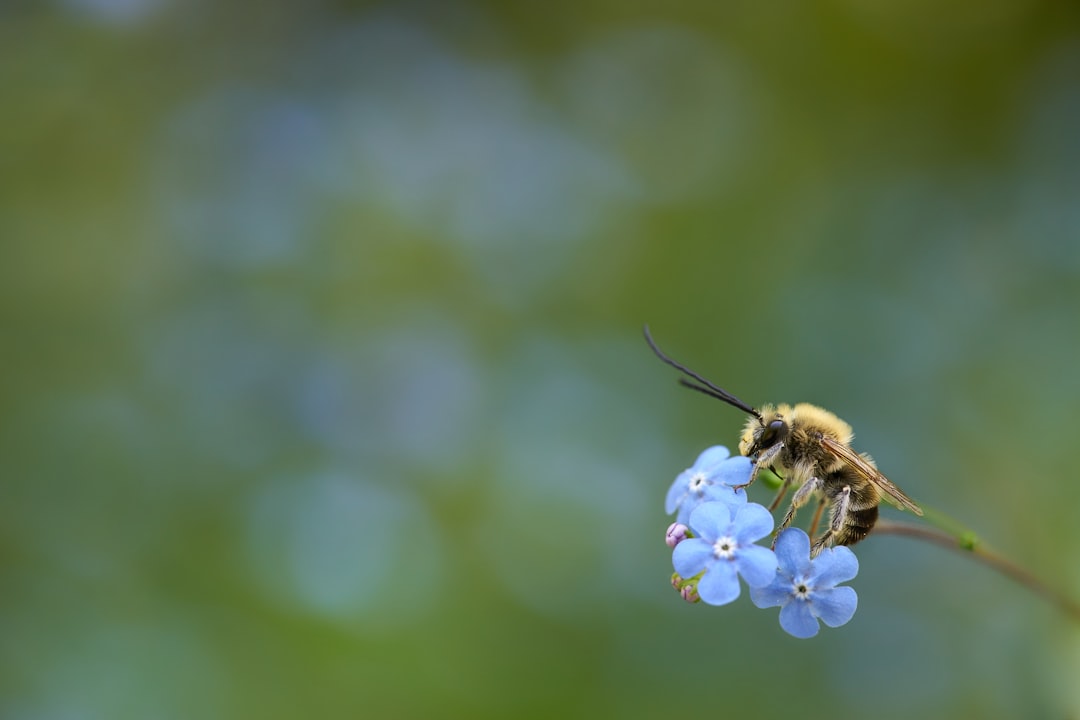What is it about?
We explore the value of β-diversity to guide conservation on farmland, by quantifying the contribution of bird α- and β-diversity to γ-diversity variation in low- and high-intensity Mediterranean farmland in two periods (before and after the CAP reform of 2003. We further related β-diversity to landscape heterogeneity, and assessed the conservation significance of β-diversity changes.
Featured Image
Perspectives
n low-intensity farmland, spatial variation in species composition (β-diversity) was largely stable over time, reflecting a positive conservation outcome related to persistence of landscape heterogeneity patterns required by endangered steppe bird species. In contrast, β-diversity in high-intensity farmland was favoured by increases in landscape heterogeneity driven by olive grove expansion, contributing to enhancement of total bird diversity. Overall, our results stress the value of β-diversity to understand impacts of agricultural policies and conservation actions, but also highlight the need to evaluate β-diversity changes against specific conservation goals.
Dr Luís Reino
CIBIO/InBIO
Read the Original
This page is a summary of: Using beta diversity to inform agricultural policies and conservation actions on Mediterranean farmland, Journal of Applied Ecology, March 2017, Wiley,
DOI: 10.1111/1365-2664.12898.
You can read the full text:
Contributors
The following have contributed to this page










